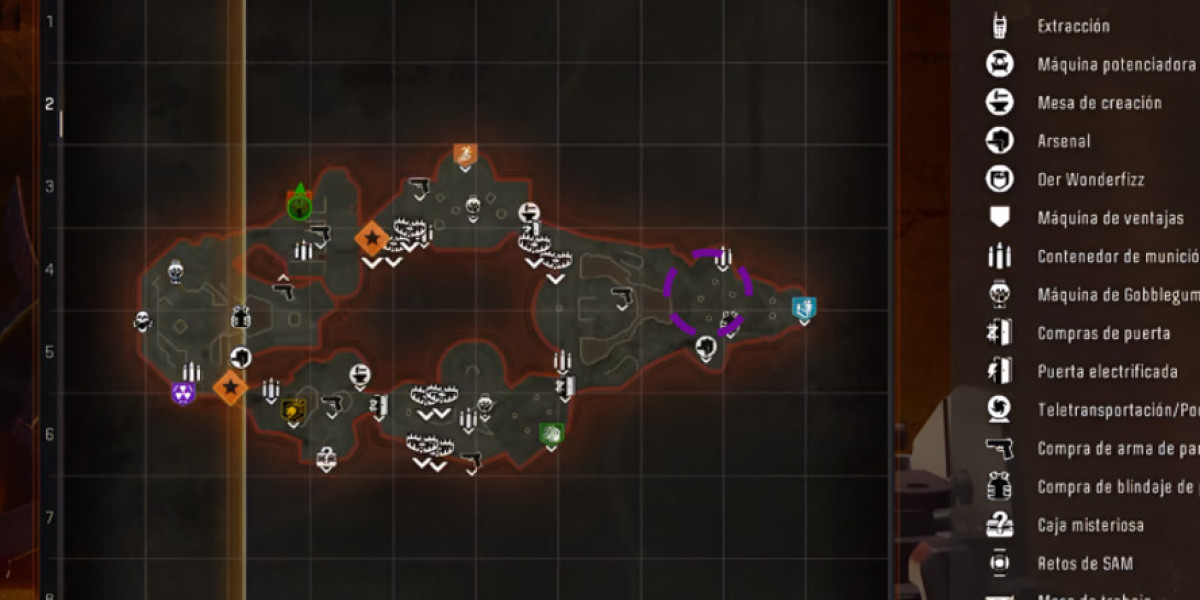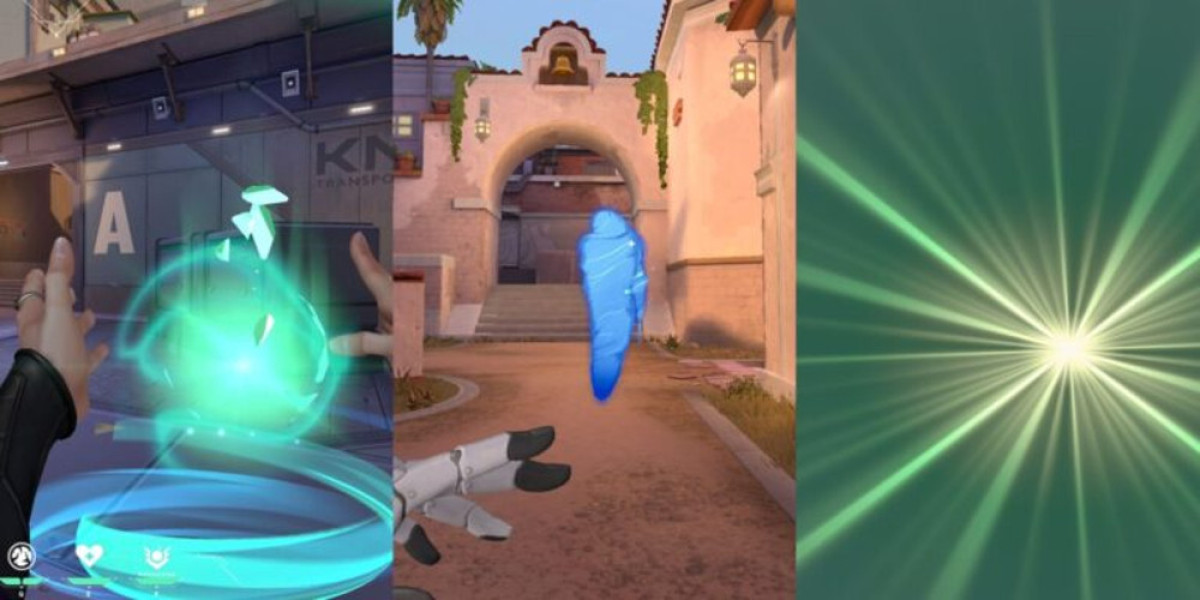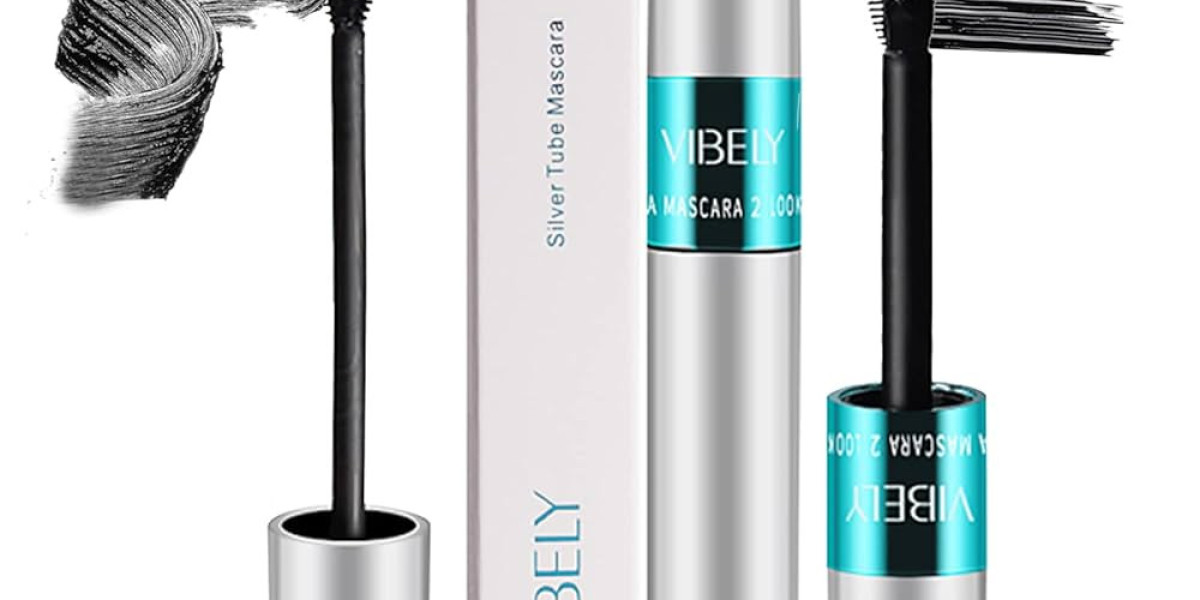Breaking the Shield: New Strategies in Biofilm Treatment
Biofilms, complex communities of microorganisms encased in a self-produced matrix, represent a significant challenge in the treatment of infections. This protective "shield" renders bacteria within biofilms remarkably resistant to conventional antibiotics and the host's immune defenses, often leading to persistent and chronic infections. However, the scientific community is actively engaged in "breaking the shield," developing innovative strategies that go beyond traditional antimicrobial approaches to effectively target and eradicate these resilient microbial fortresses.
One promising avenue involves disrupting the biofilm matrix itself. This extracellular polymeric substance (EPS) acts as a physical barrier, hindering antibiotic penetration and providing a structural scaffold for the microbial community. Enzymes capable of degrading key components of the EPS, such as DNase to target extracellular DNA or dispersin B to break down polysaccharide intercellular adhesin, are being explored as adjunctive therapies. By weakening the structural integrity of the biofilm, these enzymatic approaches can enhance the efficacy of conventional antibiotics and allow the host's immune system to better access the embedded bacteria.
Another strategy focuses on interfering with the communication systems within the biofilm. Quorum sensing (QS) is a cell-to-cell signaling mechanism that bacteria use to coordinate gene expression and regulate biofilm formation, virulence factor production, and antibiotic resistance. Inhibiting QS pathways can disrupt biofilm development, reduce bacterial virulence, and resensitize bacteria to antibiotics. Various QS inhibitors, both natural and synthetic, are under investigation as potential anti-biofilm agents.
Beyond directly targeting the biofilm structure and communication, researchers are exploring novel antimicrobial agents with enhanced biofilm penetration and activity. Antimicrobial peptides (AMPs), naturally occurring molecules with broad-spectrum antimicrobial activity, are being engineered for improved stability and efficacy against biofilms. Nanoparticles, with their ability to penetrate the dense biofilm matrix and deliver antimicrobial payloads directly to the bacterial cells, also hold significant promise.
Furthermore, physical approaches are gaining traction in the fight against biofilms. Ultrasound, for instance, can disrupt biofilm structure and enhance antibiotic penetration. Cold plasma technology, which generates reactive oxygen and nitrogen species, has demonstrated efficacy in eradicating biofilms on surfaces and in wounds. These physical methods offer the advantage of potentially overcoming antibiotic resistance mechanisms.
The development of combination therapies is also a crucial aspect of breaking the biofilm shield. By combining different strategies that target various aspects of biofilm formation and resistance, synergistic effects can be achieved. For example, pairing an enzyme that degrades the biofilm matrix with a conventional antibiotic can significantly enhance the antibiotic's ability to kill the embedded bacteria.
While the challenge of treating biofilm infections remains significant, the innovative strategies being developed offer a beacon of hope. By focusing on disrupting the biofilm shield, interfering with bacterial communication, utilizing novel antimicrobial agents and physical approaches, and exploring synergistic combination therapies, researchers are making significant strides in breaking down these resilient microbial communities and paving the way for more effective treatment of chronic infections.








